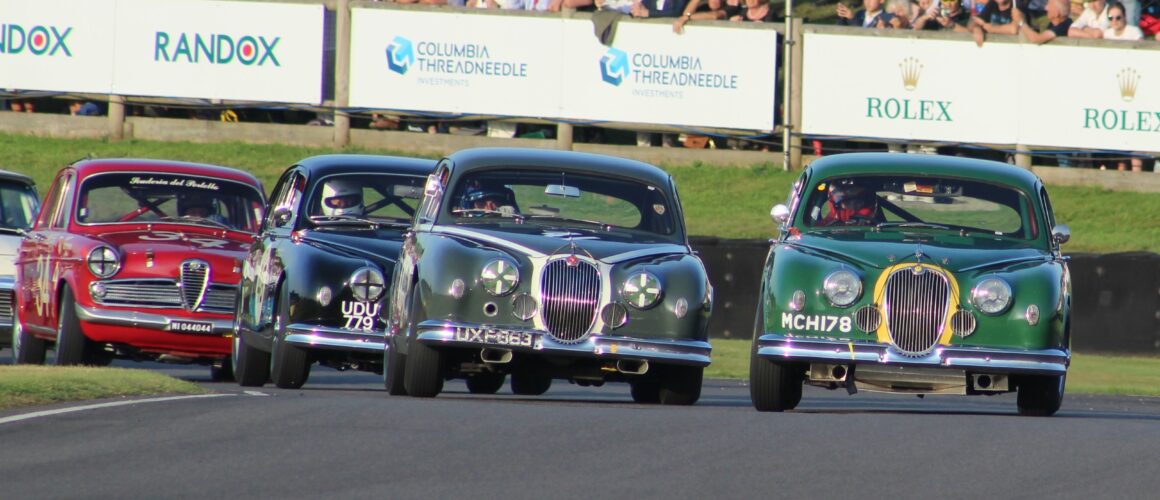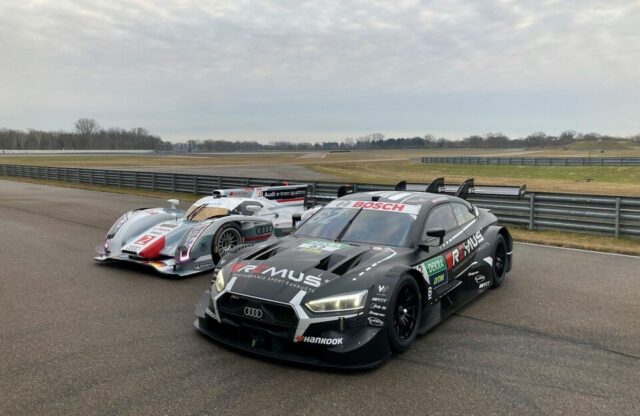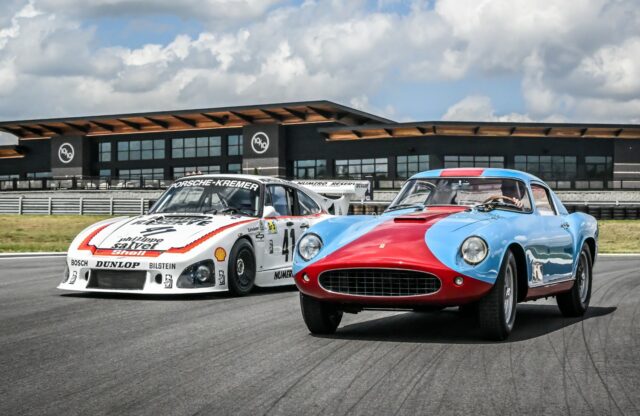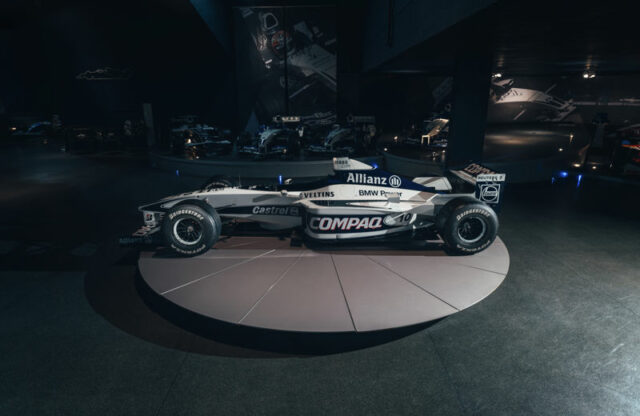A frequently overlooked element of driver coaching in Historic racing is the development of race craft. You can spend countless test days pounding around in pursuit of faster lap times only to find that, during a race weekend, the proximity of other cars renders you unable to deploy your new-found speed.
This story first appeared in Magneto issue 13.
Sometimes an entire event can be ruined by an inability to find a way past cars that may even be lapping a second or more slower than the times you know you can achieve if only the road ahead were clear. For some drivers the frustration of situations such as this can build pretty quickly and trigger late, desperate overtaking attempts that result in contact and possible retirement.
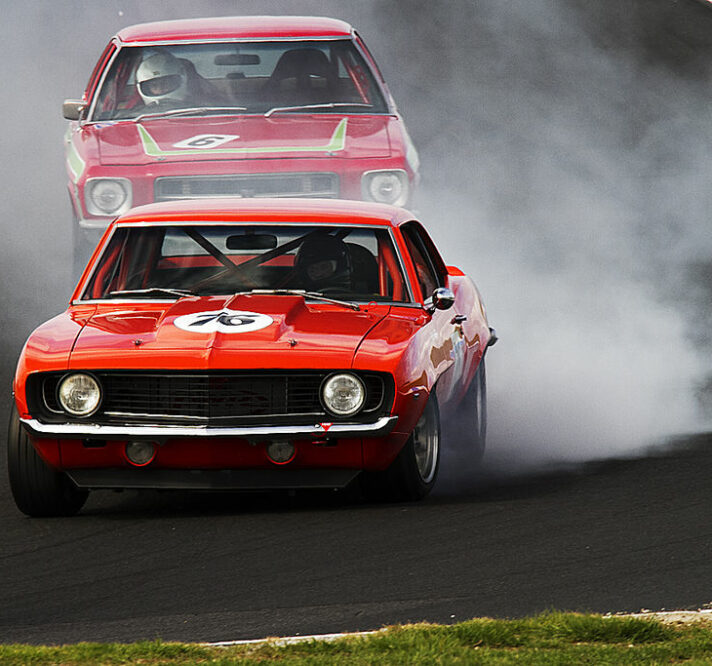
Sometimes an entire event can be ruined by an inability to find a way past other cars
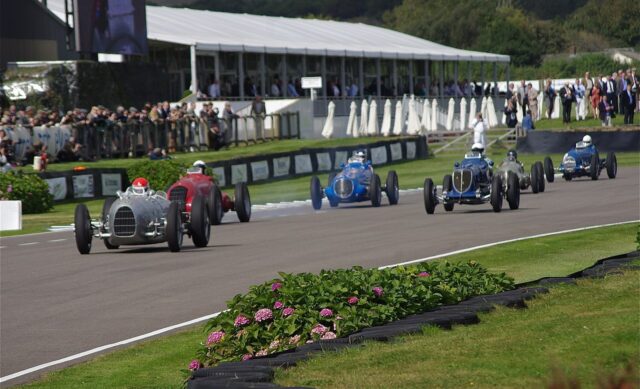

Surprisingly, aggressors in such conflicts are often convinced of their innocence. “I was so much faster than him and he just turned in on me!” is an oft-repeated explanation. Unaware of the rules of combat, and ill-equipped with sufficient race craft, this is an understandable – if entirely incorrect – reading of events. So just what are the rules of combat? Whatever the debate in Formula 1 these days, in the amateur environment of Historics you can simply assume that, when overtaking, your front wheels should be fully adjacent to those of your rival by the time she or he turns into the corner at their normal entry point. In short: you must be visible!
Expectations of the driver under attack to accommodate your inner Max Verstappen by leaving you a car’s width on the apex – or to even turn away from the corner when surprised by your sudden arrival – are by no means an entitlement you should rely on, and are entirely at the discretion of the leading driver. We may frequently see such self-preservation manoeuvres from Lewis Hamilton when under fire from Max, but these are the instincts of a savvy seven-time World Champion playing a long game, and cannot be expected of your average Historics competitor.
When it comes to defending, similar ethics are at play. Despite the example set by drivers at the pinnacle of motor sport, weaving is not ‘on’. Neither is forcing your rival off the road, nor deploying that most reprehensible of defensive tactics: moving within the braking zone. This is when the defending driver makes a deliberately late ‘lane change’ to block the attacking driver’s move at the exact moment the latter commits to it. When you hear Martin Brundle mention the potential for “aeroplane crashes” in his Formula 1 commentary, these are usually the tactics he is referring to.
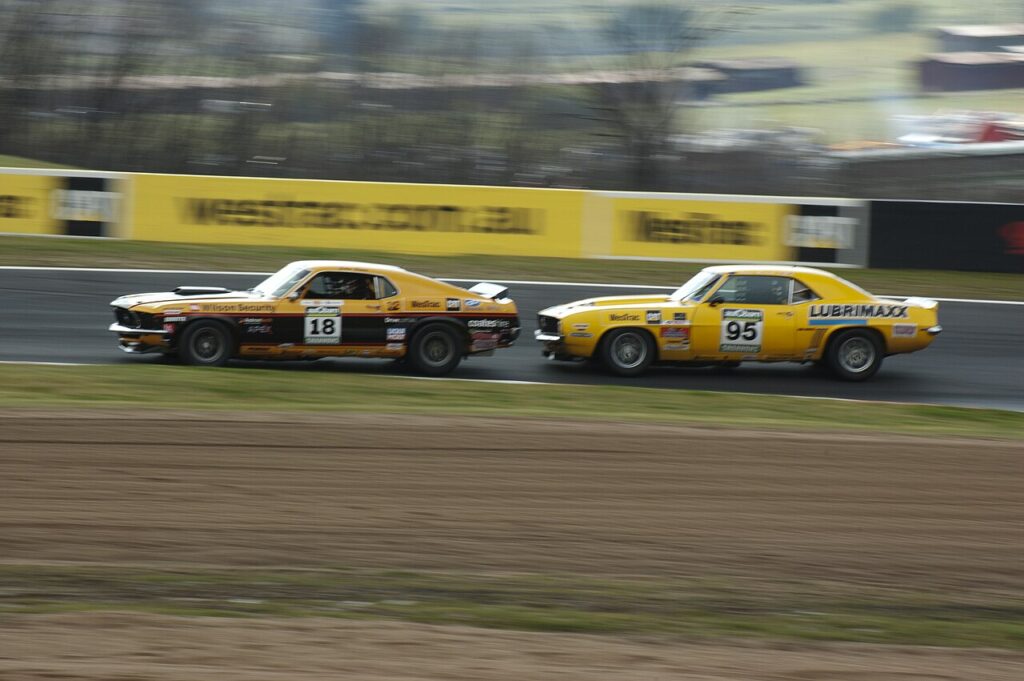
But the topic of race craft and racing etiquette is not so black and white as to be easily summarised in one brief column. It is far more nuanced and, as evidenced by one look at social media after a Grand Prix, quite subjective.
I believe that Stirling Moss detested all forms of defensive driving and felt strongly that it should not be allowed. Given the perils faced by drivers of his era, I can understand the sentiment – and I think some people in Historics today would agree. After all, the cars are hardly safer now than they would have been in period, and while many circuits we compete on are certainly less dangerous than they once might have been, some, such as Goodwood, remain largely unchanged. “Old- fashioned cars,” the saying goes, “have old-fashioned accidents.”
My personal opinion is that it is perfectly acceptable to defend your position robustly by blocking the inside line, forcing your rival to either try around the outside, or simply wait for another opportunity. But you should make your intentions clear by picking a ‘lane’ early – well before the braking point – and stick to it.
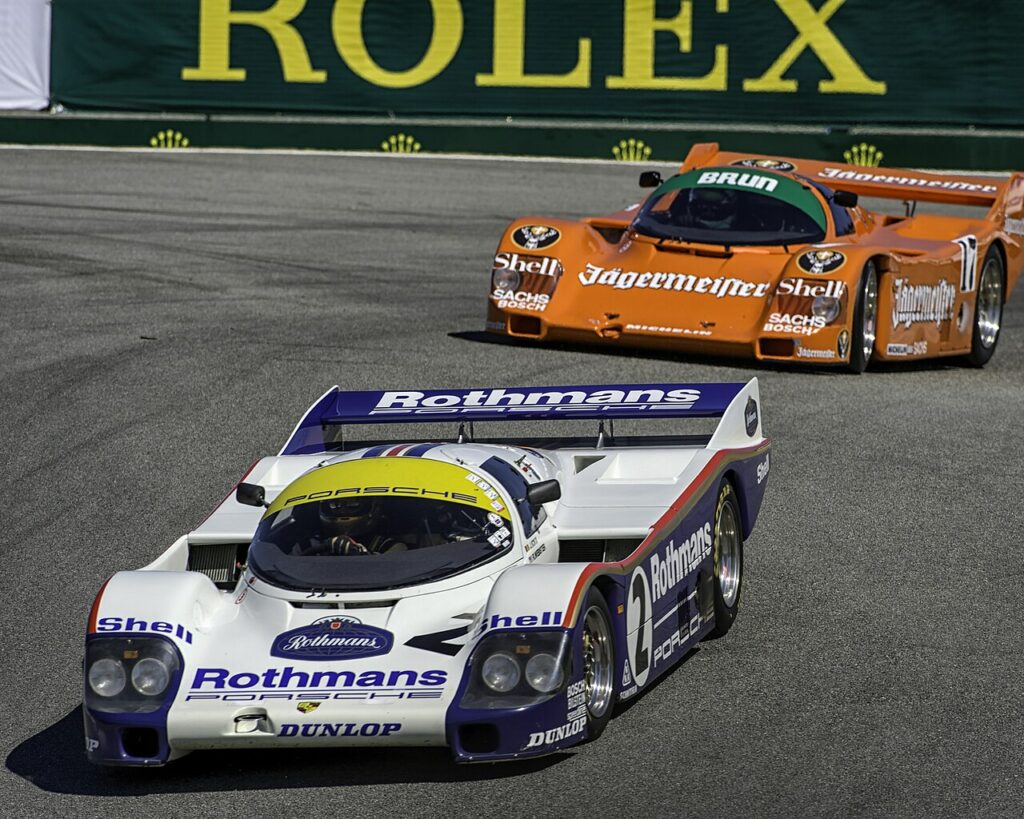
Once ‘door handle to door handle’ it is important to give as much space as possible, but special consideration is required for those unique characteristics of older Historic race cars. Younger machinery, blessed with downforce and slicks, may have the ability to hold a tighter line throughout the entirety of a turn in order to run parallel with a rival, but it is less likely that an earlier pre-’66 GT car, for example, will be able to.
Older cars will often require the full track width on the corner exit to simply remain pointing in the correct direction – especially if entering the corner from a defensive inside line. As the attacking driver coming from behind, it is your responsibility to factor in this significant ‘drift factor’ before drawing alongside.
So how best to practice these techniques and learn the nuances of acceptable racing etiquette without falling foul of the race director? Well, in addition to using onboard video to run detailed post-race analysis with your coach, the best advice I can offer is to get into a kart (for coaching, I can recommend the services of my brother Ollie Hancock at www.olliehancock.com/karting).
Even a few head-to-head track sessions, role-playing various battle scenarios, teaching you how to overtake and how to defend, will see your race craft improve substantially. And if you’re inclined to take the next step and enter a few races, you can rest assured that members of the karting community will teach you everything they know within a few corners of the very first lap.
Sam is a professional racing driver, coach and dealer in significant competition cars. See more at www.samhancock.com.

